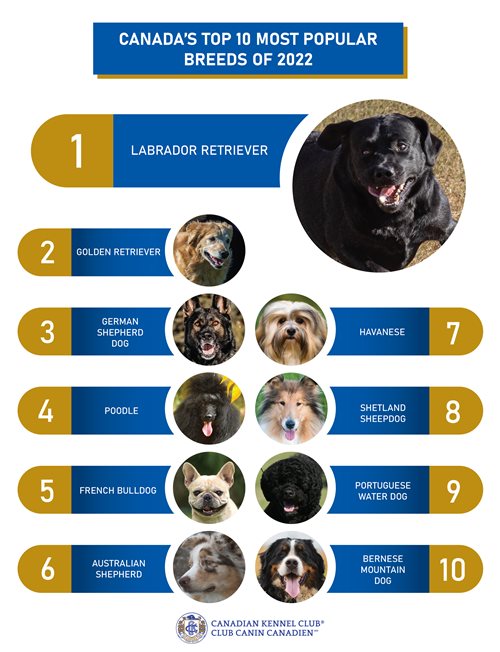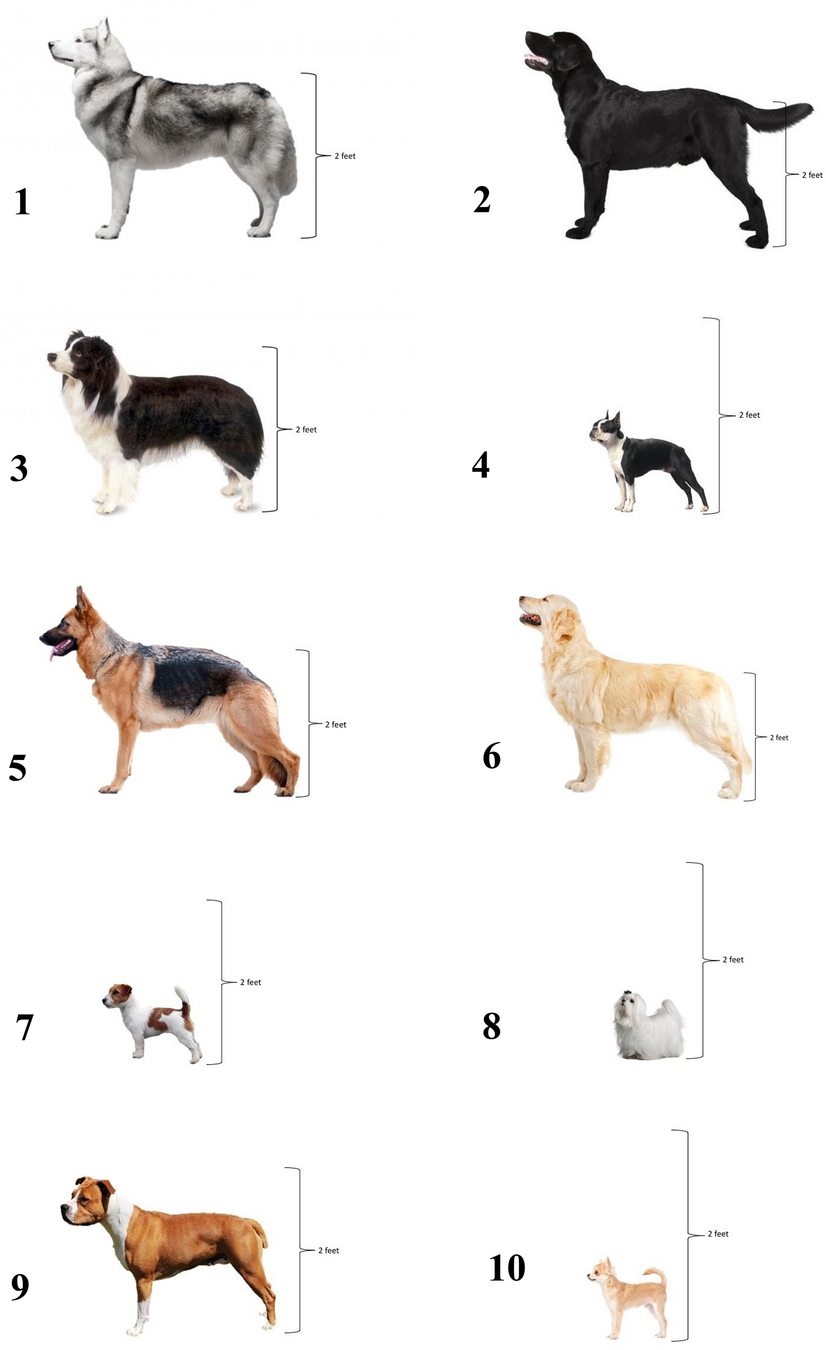Please keep your dog safe from Leptospirosis in an outbreak by ensuring they are appropriately vaccinated and avoiding contact with contaminated water sources. Leptospirosis is a bacterial infection that can be dangerous to humans and animals, particularly dogs.
The Leptospira bacteria cause it and is commonly spread through contaminated water sources such as puddles, rivers, or lakes. In an outbreak, protecting your furry friend from this potentially serious illness is crucial.
This can be done by ensuring your dog is up-to-date on their vaccinations, as a vaccine is available for Leptospirosis. Additionally, it is essential to avoid letting your dog come into contact with potentially contaminated water sources, especially during an outbreak. Following these precautions can help keep your dog safe from Leptospirosis and give them the best chance of staying healthy.
Understanding Leptospirosis
To keep your beloved canine companion safe from leptospirosis during an outbreak, clearly understand what this disease entails. This is a bacterial infection that can affect both animals and humans. It is caused by a group of bacteria called Leptospira, commonly found in contaminated water, soil, and the urine of infected animals. This disease can pose a severe threat to the health and well-being of your furry friend if not correctly managed and prevented. Let’s dive deeper into leptospirosis, how it is transmitted, and the symptoms to watch out for.
What is leptospirosis?
Leptospirosis is a bacterial infection caused by the Leptospira bacteria. These bacteria are spiral-shaped and are commonly found in warm and humid climates. They thrive in urban and rural areas, particularly in stagnant or slow-moving water sources such as puddles, ponds, and lakes. Leptospirosis can affect many animals, including rats, dogs, cattle, and pigs. This zoonotic disease can also be transmitted to humans through direct contact with infected animals or their urine.
How is Leptospirosis transmitted?
Leptospirosis can be transmitted to dogs by contacting infected animals’ urine, contaminated water, or soil. It’s essential to be aware that the bacteria can remain active in a moist environment for long periods, making transmission easy. Dogs are at high risk of contracting leptospirosis when they drink from or swim in contaminated water sources or while interacting with contaminated surfaces. This infectious disease can also be transmitted through bites from infected animals, although this transmission mode is less common.
Symptoms Of Leptospirosis
Recognizing the symptoms of Leptospirosis is crucial for timely detection and treatment. The symptoms may vary depending on your dog’s age, overall health, and immune system response. However, common signs of Leptospirosis in dogs include:
- High fever
- Loss of appetite
- Lethargy and weakness
- Vomiting and diarrhea
- Jaundice (yellowing of the skin and eyes)
- Increased thirst and urination
- Muscle pain and stiffness
- Difficulty breathing
If you notice any of these symptoms in your furry companion, it’s crucial to seek veterinary care immediately. Early diagnosis and treatment can significantly improve the chances of a successful recovery.
Now that you understand Leptospirosis better and the symptoms to watch out for, you can take proactive measures to keep your dog safe during an outbreak. By implementing preventive measures, such as vaccinating your dog, avoiding stagnant water sources, and maintaining good hygiene practices, you can significantly reduce your dog’s risk of contracting this potentially life-threatening disease.

Preventing Leptospirosis In Dogs
Leptospirosis is a bacterial infection that can seriously threaten our furry friends. It is spread through the urine of infected animals, such as rats, mice, raccoons, and even farm animals. Taking preventive measures to keep your dog safe from leptospirosis is crucial. Here are some essential steps you can take:
Vaccination
One of the most effective ways to protect your dog from leptospirosis is to consult your veterinarian to determine the appropriate vaccination schedule for your furry companion. Vaccines for leptospirosis are typically given annually or every few years, depending on the risk factors in your area. Vaccination can significantly reduce the risk of infection and ensure your dog’s immunity against the disease.
Avoiding Contaminated Water Sources
Leptospirosis bacteria thrive in water, especially in stagnant or contaminated sources. It’s crucial to prevent your dog from coming into contact with such water to minimize the risk of infection. Avoid letting your dog drink from puddles, ponds, or rivers that may be contaminated. Opt for clean, fresh water instead. If you are unsure about the safety of a water source, it’s best to err on the side of caution and not let your dog drink from it.
Rodent Control
Rodents are common carriers of Leptospirosis. It’s essential to control rodents in and around your home. Seal any cracks or openings that may serve as rodent entry points, and keep the surroundings clean and clutter-free. Set up traps or use appropriate pest control methods to minimize the presence of rodents. Controlling rodents can reduce the risk of exposure to leptospirosis bacteria, helping protect your dog.
Proper Hygiene
Maintaining proper hygiene is essential to preventing Leptospirosis in dogs. Regularly clean your dog’s living area, ensuring it is free from accumulated urine or droppings containing bacteria. It is also essential to practice good personal hygiene. Wash your hands thoroughly after handling your dog, and avoid touching your face or mouth before doing so. By practicing good hygiene, you can reduce the chances of infection and keep your dog safe.
Managing Leptospirosis Outbreak In Your Area
Learn essential strategies to protect your beloved dog from the risks of Leptospirosis during an outbreak. Safeguard your furry friend with practical tips and advice to ensure their safety and well-being.
Leptospirosis is a bacterial infection that significantly threatens our furry friends. During an outbreak, taking the necessary precautions to keep our dogs safe becomes crucial. By staying informed, restricting outdoor activities, scheduling regular veterinary check-ups, and ensuring prompt treatment if symptoms appear, we can effectively manage the risks associated with Leptospirosis. Let’s delve deeper into these essential steps.
Staying Informed
Staying informed about leptospirosis outbreaks in your area is the first step in protecting your dog’s health. Monitor local news, veterinary resources, and social media platforms for updates. Ensure you know any confirmed cases or areas where the infection has been detected. Stay vigilant and proactive in taking preventive measures to keep your dog safe.
Restricting Outdoor Activities
During a leptospirosis outbreak, limiting your dog’s exposure to potentially contaminated environments is imperative. Avoid walking your dog in areas prone to stagnant water, such as swamps, lakes, or puddles. Opt for shorter walks in safer areas, and consider using designated dog parks that are regularly maintained. By minimizing outdoor activities in high-risk areas, you can significantly reduce your dog’s chances of contact with the Leptospira bacteria.
Regular Veterinary Check-ups
Regular veterinary check-ups are crucial for monitoring your dog’s overall health and detecting any signs of Leptospirosis early on—schedule routine appointments with your veterinarian to discuss preventative measures, including vaccinations and appropriate medications. Ensure your dog receives timely boosters for Leptospirosis and follow your veterinarian’s recommendations for preventing the disease. By staying proactive, you can strengthen your dog’s immune system and reduce the risk of infection.
Prompt Treatment If Symptoms Appear
If you notice any symptoms potentially indicating Leptospirosis in your dog, prompt treatment is vital. Common signs to watch out for include fever, loss of appetite, vomiting, muscle stiffness, and increased thirst. If your dog exhibits any of these symptoms, seek immediate veterinary attention. Early detection and treatment can significantly increase the chances of a successful recovery. Be proactive and familiarize yourself with the signs of Leptospirosis, enabling you to take swift action if needed.
By following these essential steps of staying informed, restricting outdoor activities, scheduling regular veterinary check-ups, and ensuring prompt treatment if symptoms appear, you can effectively manage the risks associated with leptospirosis outbreaks in your area. Protecting your dog’s health should always be a top priority, and being proactive during an outbreak is crucial to safeguarding your furry friend’s well-being. Take the necessary precautions and keep your beloved pet safe from Leptospirosis.

Frequently Asked Questions For How To Keep Your Dog Safe From Leptospirosis In An Outbreak
How does Leptospirosis in dogs spread?
Leptospirosis in dogs is usually transmitted through contact with infected urine of other animals, such as rats or wildlife. It can also spread through contaminated water or soil. Keeping your dog away from these sources and ensuring proper hygiene can help prevent its spread.
What Are The Symptoms Of Leptospirosis In Dogs?
Symptoms of Leptospirosis in dogs may vary, but common ones include fever, vomiting, muscle pain, and decreased appetite. In severe cases, it can lead to kidney and liver damage and even death. If you notice these symptoms in your dog, seek veterinary attention immediately.
How Can I Protect My Dog From Leptospirosis In An Outbreak?
To keep your dog safe during a Leptospirosis outbreak, ensure they receive the Leptospirosis vaccine and regular booster shots. Avoid letting your dog drink from standing water outdoors, and reduce their exposure to areas with possible contamination. Consult your vet for specific preventive measures in your area.
Is Leptospirosis contagious to humans?
Yes, Leptospirosis is a zoonotic disease that can be transmitted from infected animals, including dogs, to humans. Handling infected animals cautiously and practicing good hygiene, such as washing your hands thoroughly after touching or caring for your dog, is essential.
Conclusion
Keeping your dog safe from Leptospirosis is paramount in an outbreak. Following preventive measures such as vaccination, avoiding contaminated environments, and providing clean drinking water can significantly reduce the risk of your furry friend contracting this dangerous disease.
Regular check-ups and monitoring your dog’s behavior for signs of illness are also essential. Stay vigilant, prioritize your dog’s safety, and enjoy a healthy and happy companionship with your canine buddy.



